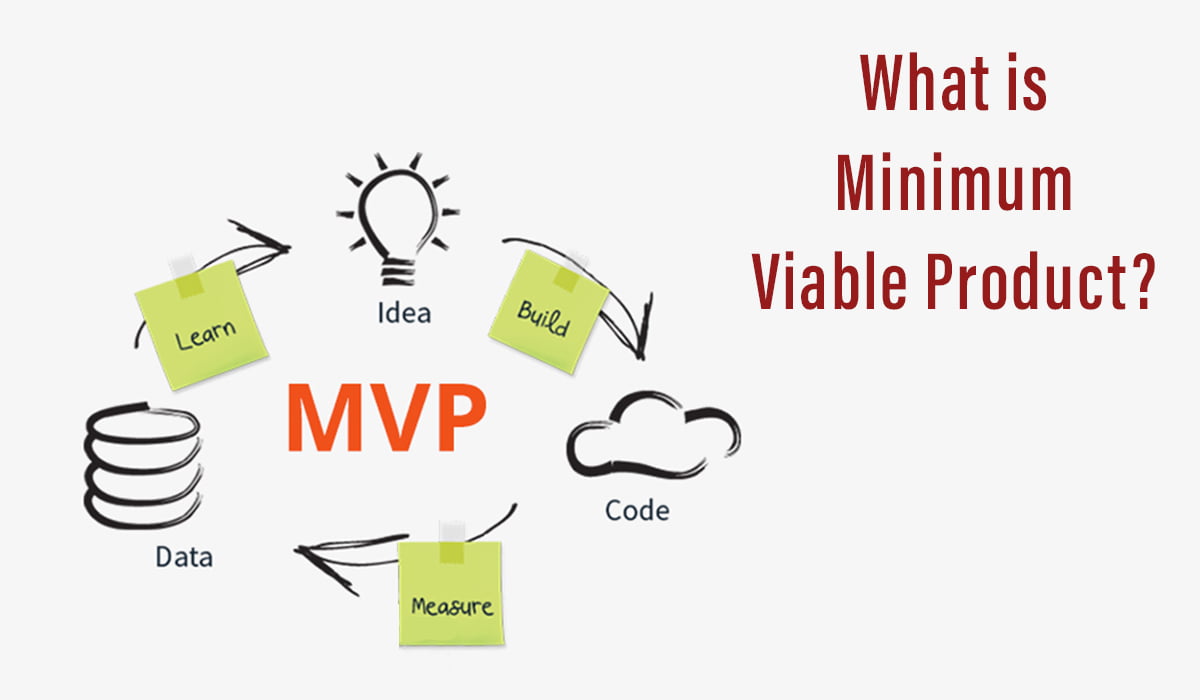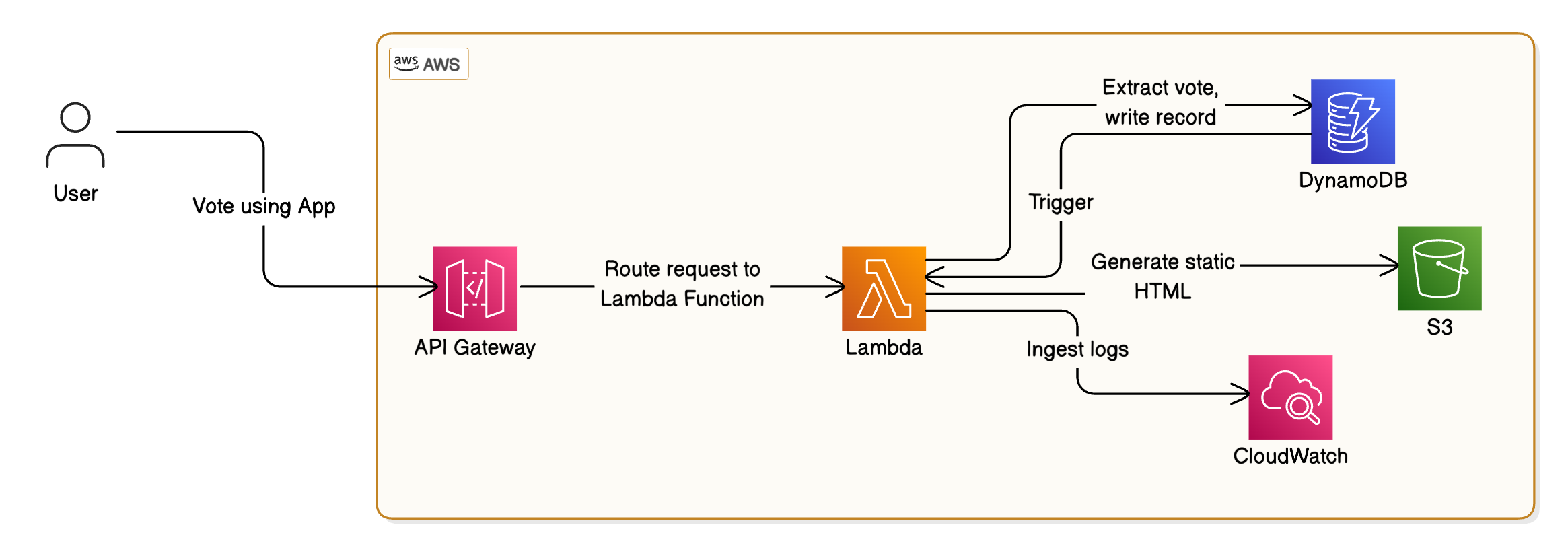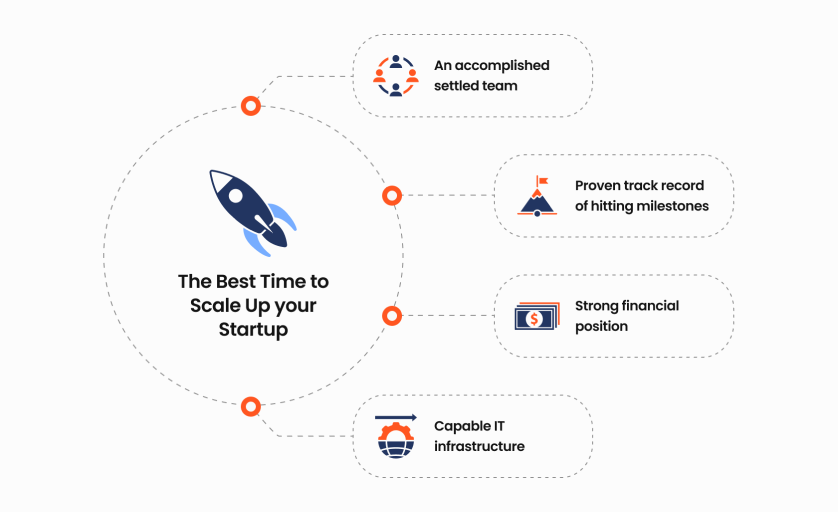Build a Lean MVP That Makes Investors Take Notice
Discover how to create a lean MVP that wows investors. Learn strategies and see how EaseCloud supports your journey to innovation and funding.

Creating a product that is compatible with both users and investors in today's very dynamic start-up environment, is the key to success. A Lean Minimum Viable Product (MVP) is a new concept that has revolutionized the start-up ecosystem. This approach allows young entrepreneurs to not only put their ideas to the test quickly but at the same time attract other individuals who are interested in investing. EaseCloud recognizes the significance of this strategy in today's market, which is highly competitive.
Understanding the Concept of a Lean MVP
A Lean MVP is a product that focuses only on the core features and just enough product features that are necessary to allow users to experience the product. It is used to assess the target market and responses users give before releasing the full product in the market. This way the companies get early user feedback which not only saves time and money but also helps them to improve the product before investing a significant part of the time and money.
The Importance of a Lean MVP for Startups
In the case of start-ups, a Lean MVP is more than just a product development strategy; it's a lifeline. It allows them to bring their ideas to the real world, analyze the data, and finally decide, whether, the product has a future. Lean management causes clarity and makes potential investors inquire about the market and the list of features that they must develop or enhance.
Impact of EaseCloud on Building a Lean MVP
We at EaseCloud are aware of the difficulties of creating an MVP that is genuinely unique. We provide dependable, adaptable cloud solutions to help startups like yours develop and release MVPs more quickly. You can test concepts, make quick adjustments, and provide a user experience that will wow both investors and clients with our tools. We assist you in concentrating on what really matters—realizing your vision without going over budget by streamlining infrastructure and growing as necessary.
Pre-Development Considerations
Identifying a Market Need
While developing, it is imperative for a person not to just complete the project but to find this market's specific need and strive to satisfy it with the help of the created product. This process entails market research to gain the needed information from the existing market. Methods like surveys, interviews, and competitor product analysis can prove helpful.
Understanding Your Target Audience
Drawing the customer persona is a helpful step to building a Lean MVP. This comprises making detailed client profiles containing their demographic, behavior, most painful problems, as well as preferences. Validation of your assumptions through feedback in the real world is essential to ensure your MVP meets the real user needs.
Strategizing for a Lean MVP
Focusing on Core Features Only
A lean MVP focuses on the core features that have the highest impact. This is the process of identifying what functions are the most crucial for user success and developing them exclusively. Disclosing all features should be avoided at all costs. It is important to evaluate every additional feature for relevancy and possible impact.
Crafting a Value Proposition
A concise and persuasive value proposition is crucial to get the investors on board. It must be a clear statement that will briefly outline the means of making it better than other products. Setting up a value proposition, which is based on the market analysis, not only gets a positive response from the users and investors. It also helps you make sure that positive feedback from the users is not a coincidence.
Building the Lean MVP
Step-by-Step Guide to MVP Development
Lean MVP fabrication includes several core principles such as specifying the essential features, making a prototype, and picking the right development method. Use tools for wireframing and rapid prototyping to hasten this process.
Choosing the Right Development Methodology
Agile methodology is a preferred choice for the MVP development cycle because the iterative functionality accommodates user testing and improvement. The approach is the best if a company can react promptly to user demand and compete in the growing market.
Incorporating Feedback Loops
Feedback is crucial to the success of Lean MVP development. Effective feedback loops allow startups to continuously learn from real users, refining the product to better meet their needs and fit into the market.
Testing and Iterating Your Lean MVP
Conducting Effective MVP Testing
Effective testing methods use specific types of tools and metrics to predict user engagement and satisfaction. Key Performance Indicators (KPIs) should be in place for an objective assessment of the MVP's success.
Pivot or Persevere?
It is critical to be able to know when it is the right time to move forward with the already-shaped concept or to change the strategy and look for a new channel. The decision to move forward or persevere should be based on evaluations from the data collected through user testing and market feedback. As said earlier, being open to new ideas and the ability to modify the operation based on real-life experience is mandatory in Lean development.
Building Investor Confidence
Presenting a Strong Business Case with Your Lean MVP
It is crucial to have MVP metrics that correspond with what the investors expect. So, you should reveal not just the current state of your product, but its scope of growth, and scalability as well. The company practices what it calls data-driven presentations where it highlights real market potential.
Crafting a Compelling Pitch
A perfect presentation is one that not only imparts information but also grabs the attention of the people it targets. It should include evidence of user engagement and market validation from your MVP testing because it should be convincing enough. The pitch should also mention the pain points that the product solves, and the uniqueness of the product to the market.
Securing Investor Buy-in
Highlighting the Lean MVP's Market Fit
The proof of market fit is vital for the investors to show them that your product is a viable investment. For instance, startups can use the results of MVP data to disclose evidence of user adoption and satisfaction. They can also provide potential avenues for growth and expansion, backed by data extracted from the MVP experiment.
Addressing Investor Concerns
An imperative thing when dealing with investor objections is to be ready for the most common investor questions about your Lean MVP. They might include inquiries such as the procurement of customers, the scaling of the business, and so on. Describing potential hazards and different ways to deal with them is also essential to affirm the investors' decisions.
Scaling Beyond the MVP
How to Transition from MVP to Full Product
Scaling will not be a problem after a successful MVP. The biggest risk here is getting blind to the fact that MVP principles are key to making your MVP a success. You need to be strategic about using the investor's money to make this transition possible.
Learning from Lean MVP Development
The experience and lessons learned from creating a Lean MVP product are essential and irreplaceable for the future. Being efficient, focusing on the user, and iterative improvement are the key principles that can boost your startup growth.
Conclusion
Viable Lean MVP can turn out to be the answer as to whether a start-up company will make it or not. Not ONLY does the MVP check your business plan's validity it also serves as a powerful means to get the investments that your project needs. Providing clarity, constant incorporation of user feedback, and showing a clear market potential through the proper pitching by startups can facilitate them to present their product to the world and succeed.
EaseCloud views a Lean MVP as the key to the startup’s entire way of producing goods - in the broadest sense. A Lean MVP will open the doors to more funding and growth opportunities. It is the choice of the entrepreneurs whether they would like to follow through with the pointers listed in this guide to realize the benefit of the MVP; which is not just short-term. Moreover, businesses can capture the attention of investors to ensure the growth of the business.
1. What is a Lean MVP, and how does it differ from a standard MVP?
A Lean MVP is a methodology designed in a way to encompass the core functionalities that are necessary to prove the business concept. The stress on the Lean MVP is to move forward, quickly and cost-effectively, from business hypothesis to product development. The Lean MVP differs from a standard MVP in that it is an even more stripped-down version, usually loaded with the bare minimum functionality.
2. How do you know if your MVP is ready to show investors?
Your MVP should highlight the situation that is related to the challenges being faced in the market and can act as a potential ascent to the top. It is necessary to consider several factors, some of which are: Confirmation of the problem statement, clear development, and growth prospects. The most important indicators are happy users, improved usage metrics, and early rulings of product/solution fit.
3. What are the risks of scaling too quickly?
Scaling a business too quickly might come at the cost of losing sales, ruining the product quality, and losing the leadership hierarchy. A company should scale its operations at a speed that is both strategically and operationally feasible to grow effectively and sustainably.
4. How do I know when my startup is ready to scale?
Some signs that a startup is ready to scale include increasing the volume of sales, setting a sales process that is easy for the reps to follow, and ensuring that customers are really satisfied with the product. Therefore, one should pay attention to having a strong business image and making a sound entry into corporate or private business arenas, institutions, etc.
5. What funding option is best for a growing startup?
The best funding option depends on the startup’s needs, growth stage, and long-term vision. Some entrepreneurs choose bootstrapping to maintain full control and ownership, while others opt for business capital to accelerate growth. Additionally, leveraging networks to access valuable human and technical resources can provide a strategic advantage, even with limited resources.
Unify metrics, logs, and traces with EaseCloud to gain full system visibility, optimize performance, and simplify troubleshooting.

Discover how to cut cloud costs by 50% with AWS Lambda. EaseCloud helps optimize performance and savings for your business.
